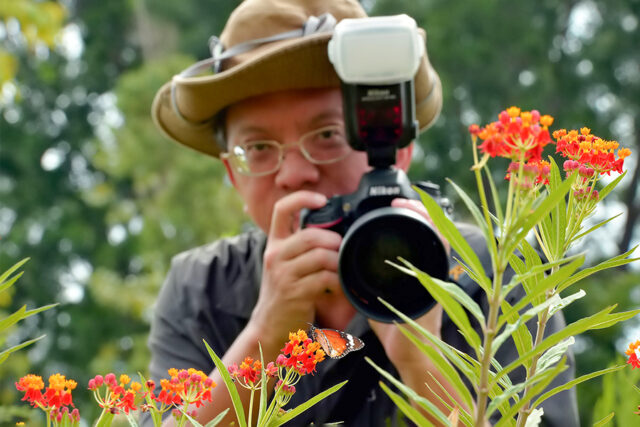He pioneered free-ranging butterfly trails at Alexandra Hospital, Butterfly Hill at Pulau Ubin, Butterfly Garden at Hort- Park, as well as other trails at park connectors and urban gardens. His dedication made him known as ‘Butterfly Man’ in Singapore.
The first time I contacted Mr Khew was on May 2008 for his help to identify a butterfly that I photographed at Bukit Timah Nature Reserve. It’s Hieroglyphic Flat.
He told me about the blog ButterflyCircle that he has maintained since 2006 until now.
That’s the complete guide for anyone who want to know and learn about butterfly.
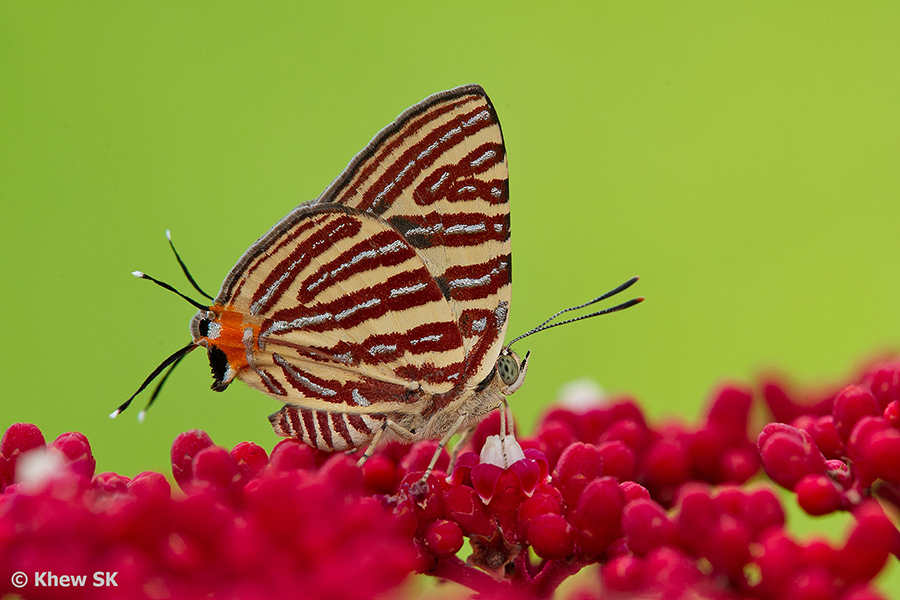
Here is our ‘nature talk’ about Butterfly
Mr Khew, we know your passion and your dedication for butterflies. How did it started?
It started a long time ago when I was a 10-year old schoolboy. Back in those days, we didn’t have all the digital devices and computer games that kids today are so fortunate to have. After school, we found our own entertainment in the environment around us – catching longkang fishes, dragonflies, beetles and of course, butterflies. I had a very encouraging Biology teacher in school and she encouraged me to learn more about butterflies. A neighbour bought me the 1st Edition of “Butterflies of the Malay Peninsula” by Corbet & Pendlebury, and that started me off on a lifelong journey of learning more about butterflies.
How did you start the ButterflyCircle Blog?
Originally, I had a website way back in the late 1990s. But I was inspired by a few nature bloggers who kept the community updated through their interesting blogposts. Examples of these bloggers are Ms Ria Tan (Wild Singapore Blog) and Dr Wee Yeow Chin (Bird Ecology Study Group). I also visited quite a few local blogs and decided to start on my own blog in Aug 2007. I started regular weekend blogging later that year, and kept up a minimum of an article per week for 14 years! Time flies. These days, I don’t post so often, perhaps one or two articles a month. Time for younger generation to take on sharing the knowledge in the nature community!
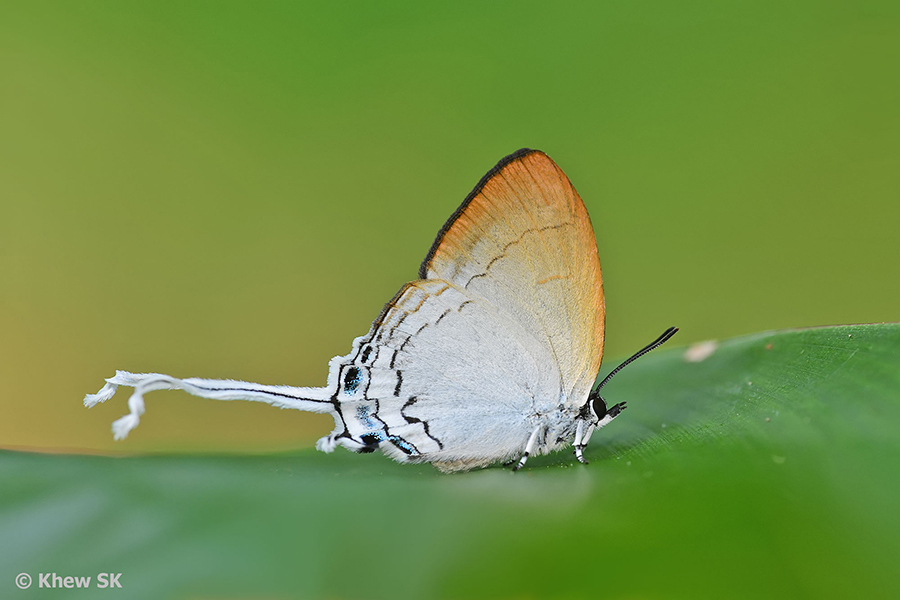
Is there values which you have learnt from butterflies that you can use in your life or work?
My interest in butterflies brought me to understand the plants that are associated with them. As the knowledge increased, the information was used in conservation and recommending butterfly-attracting nectaring and host plants to landscaping and building projects to promote better butterfly diversity in these projects. After years of photographing butterflies, it also allowed me to get my weekly exercise and appreciate the nature around us. It also taught me a lot of patience and to expect the unexpected, as nature can never really be controlled by man.
Any unforgettable experience that you have during your trip to find butterfly?
Each butterflying trip is special, whether local or overseas. There is always so many new things to observe and learn about butterflies.
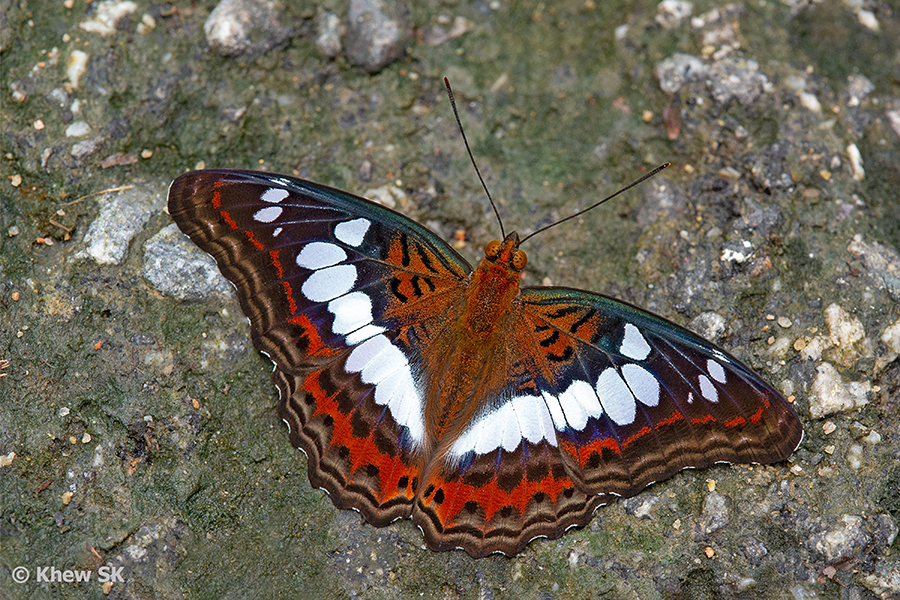
What’s your favourite butterfly?
My Avatar on social media and my websites is the Commander (Moduza procris milonia). This species holds a special place in my memory when I first encountered it back in the 1970’s. It was the first time I had seen one, and it took me several days after that first encounter to hunt it down again and chasing it in the forests. That was an unforgettable experience.
What’s your view for Singapore to maintain butterfly population?
Singapore is a good place to cultivate and maintain a good butterfly population. With the correct plants in our urban landscape, NParks and other community gardeners have brought more butterflies into our city’s green spaces. Whilst our nature reserves and parks are also important sanctuaries for the forest-dependent species, our urban species have been able to thrive as Singapore’s City in a Garden, and now, City In Nature, strategies have helped in enhancing our biodiversity.


Any tips for us to take butterfly photos, as we know some butterflies are really fast and any guidance not to disturb the nature?
Take some time to observe butterflies and how they behave. Those that are “distracted” whilst feeding, resting or mating, for example, are easier to approach and photograph. When you approach a butterfly, do not make sudden movements as they are sensitive to even the slightest movements. They need to be alert to predators and any attempts to move in close too quickly will scare them off. When out in the field, wear drab or dull coloured clothing so that you do not stand out too much and spotted by the butterflies long before you even see them!
I heard about your butterfly book. Can you tell a bit about that book?
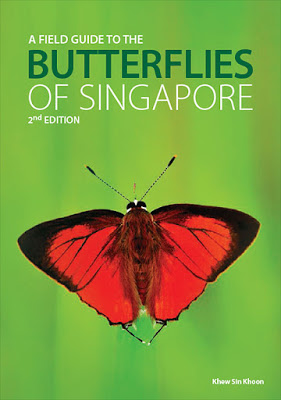
The two field guides that I wrote was primarily to share a greater awareness of Singapore’s butterfly diversity to the community. I purposely made sure that it was supported by photos of butterflies in the field, and no dead butterflies were featured as the book was not intended to be a serious scientific taxonomic work. I hope that through the book, Singaporeans and residents will be able to identify the butterflies that they encounter when out in our parks and gardens, and hopefully appreciate them and to be able to help in their conservation for our future generations to enjoy.
For younger generations who want to follow their nature passion, what’s your advice for them?
Just keep your eyes and ears open, and enjoy Mother Nature’s creations all around us. Learn as much as you can about all the flora and fauna that share our planet with us, and participate in the conservation efforts to help nature co-exist harmoniously with us!
Khew Sin Khoon
https://butterflycircle.blogspot.com/











